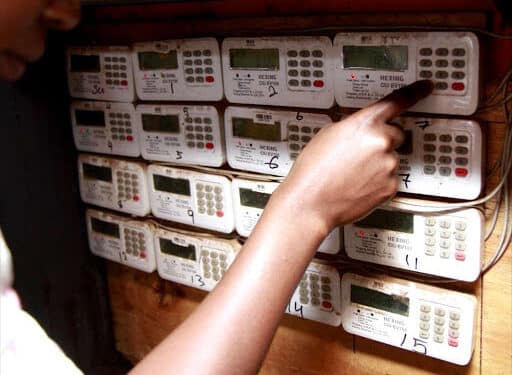Kenya Power and Lighting Company (KPLC) has finally clarified the difference between prepaid and postpaid electricity billing, a topic that has often left many Kenyans puzzled. The explanation, shared through clear graphics on their official Facebook page on November 20, 2025, breaks down the two systems in simple terms.
What is Prepaid Billing?
Prepaid billing works much like topping up your phone airtime. With this system, you buy electricity tokens in advance, load them into your meter, and consume power until the balance runs out. Once your units hit zero, the power goes off—until you purchase more tokens.
KPLC emphasizes that prepaid billing offers full control to the consumer. You can buy small amounts based on your budget, monitor daily, weekly, or monthly consumption, and avoid unexpected debt. Essentially, if you haven’t paid, you don’t get power. This system is ideal for those who prefer to track exactly where their electricity is going and manage usage closely.
What is Postpaid Billing?
Postpaid billing, on the other hand, allows customers to use electricity freely throughout the month and settle their account at the end. There’s no need to rush to top up or worry about running out of power unexpectedly. You receive a bill at the end of the month that reflects your actual consumption, making it a more relaxed and convenient option for households and businesses that prefer not to monitor usage constantly.
Which Option is Right for You?
Choosing between prepaid and postpaid depends on your lifestyle and spending habits. Prepaid is great for budget-conscious users who want full control, while postpaid suits those who prioritize convenience and flexibility.
By understanding these two billing methods, Kenyans can now make informed decisions, avoid surprises, and manage their electricity consumption more effectively.

